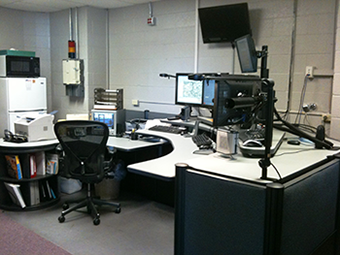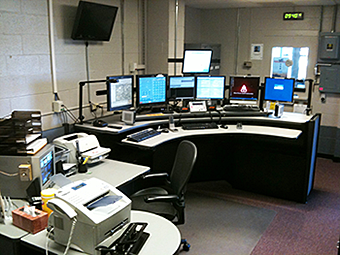The Communications Center compliments the services provided by UPD by allowing the general public access to a "real" person 24 hours per day. These services provide our community with easy access to officers on a 24-hour basis. Telecommunicators are trained to handle emergency calls and utilize the computerized dispatch center. In addition, the Communications Center is a full function Public Safety Answering Point (PSAP) 9-1-1. The Communications Center’s computerized systems allow telecommunicators to communicate with other police agencies all over the nation and in 150 foreign countries through access of the Texas Law Enforcement Telecommunications System, National Crime Information Computer and Texas Crime Information Computer. To reach the telecommunications center, call (806) 651-2300.
PROCEDURES FOR CALLING 911:
- State the nature of the emergency.
- State your address or the location of the emergency, with the closest cross street.
- Give your name and telephone number.
- Remain on the line until the call taker tells you to hang up.
ADDITIONAL IMPORTANT INFORMATION ABOUT 911 CALLS (MEDICAL):
When calling 911 for a medical call, the call taker will get the BASIC information such as; Name, phone number, and location. At that point the call taker will transfer you to Emergency Medical Services. When the transfer is being processed you will hear several clicks - DO NOT HANG UP! When the call is transferred wait until the 911 call taker tells you go ahead. They will announce your call to EMS and tell you to go ahead.
Understand that the EMS call taker will ask you NUMEROUS questions. The way these questions are answered will determine at which point the ambulance will be dispatched. For example, if your problem is non-life threatening then the ambulance will be dispatched after all information is gathered from you. IF, however, your situation is life threatening such as possible heart attack or difficulty breathing the ambulance will be dispatched IMMEDIATELY. However the EMS call taker will still be asking you questions, rest assured that if the situation dictates the ambulance may already be on its way. Please be patient with the EMS call taker and continue to provide the information that they request. This will assist the ambulance crew, upon their arrival, in how to better treat the patient.


